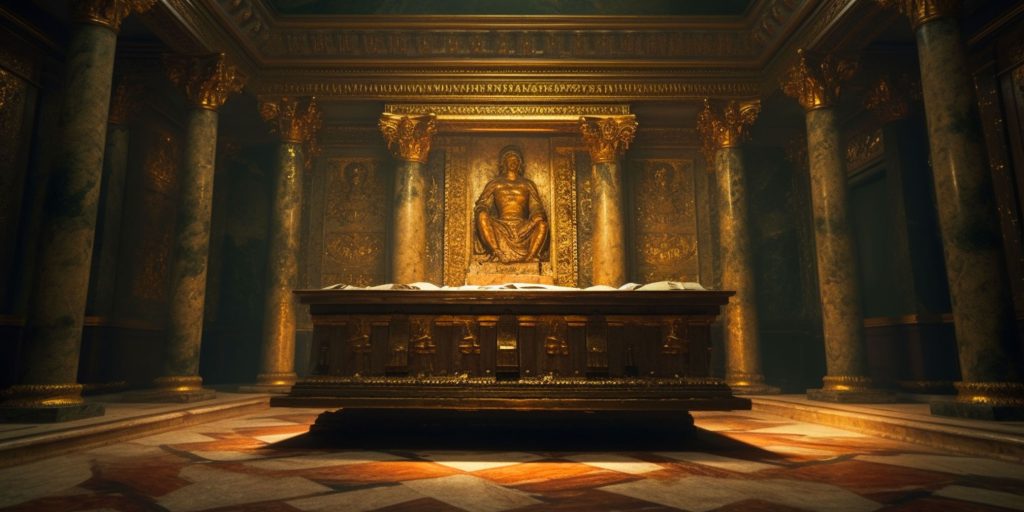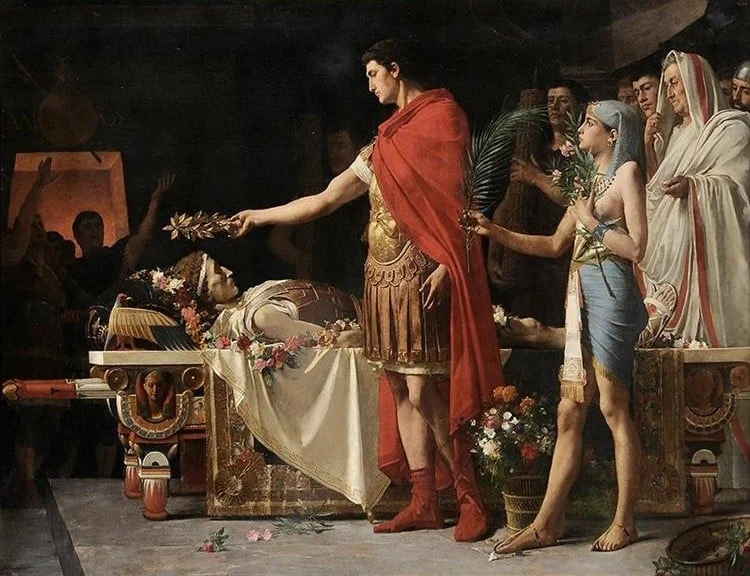
One of the greatest mysteries of all time may finally be solved. Alexander the Great’s tomb—long lost for centuries—could have been found.
The Enigma of Alexander the Great’s Burial Site
Alexander III of Macedon, known as Alexander the Great, was one of history’s most powerful rulers. He conquered vast territories from Macedonia to Asia, shaping the ancient world.
Despite his legendary conquests, his final resting place remains unknown. Over the centuries, numerous theories emerged about his burial site, but none were proven true. Archaeologists worldwide have searched for his tomb and treasures, but success remained elusive.
Now, a team of Polish archaeologists claims to have found Alexander the Great’s tomb in Alexandria, Egypt.
Discovery in Alexandria: Could This Be the Lost Tomb?
The newly discovered tomb is located in Kom el-Diqa, just 60 meters from the Nebi Daniel Mosque. According to Arab traditions, Alexander’s tomb was once believed to be near this area, but previous excavations failed.
This ancient burial site, a once-famous pilgrimage destination, is thought to have been sealed in the 3rd or 4th century AD. This was likely to protect it from destruction after Christianity became the dominant religion in the Roman Empire.
A Multicultural Mausoleum
The structure reflects a mix of Greek, Egyptian, Macedonian, and Persian artistic influences, symbolizing Alexander’s vast empire. Inscriptions in Greek and Egyptian inside the mausoleum refer to Alexander as:

– “King of Kings”
– “Conqueror of the World”
– “Alexander III”
Inside the tomb, archaeologists found a shattered crystal sarcophagus, believed to have been damaged during the Alexandrian riots of 270 AD. Additionally, 37 human bones, badly broken and belonging to an adult male, were discovered.
Scientists are currently conducting DNA and age analyses to determine whether these remains could be Alexander the Great’s bones.
Artifacts and Theories About Alexander’s Tomb
Excavators found pottery fragments from the Ptolemaic and Roman periods, further supporting the site’s historical significance.
Egypt’s Supreme Council of Antiquities has documented over 140 failed attempts to find Alexander’s final resting place. Historians continue debating why all previous searches failed.
One controversial theory suggests that Venetian merchants may have accidentally stolen Alexander’s remains, mistaking them for Mark the Evangelist’s relics and transporting them to Venice.
What Comes Next? The Road to Confirmation
If confirmed, this discovery would be one of the greatest archaeological finds in history. Researchers continue analyzing bones, inscriptions, and artifacts to determine whether this site truly holds the remains of Alexander the Great.


